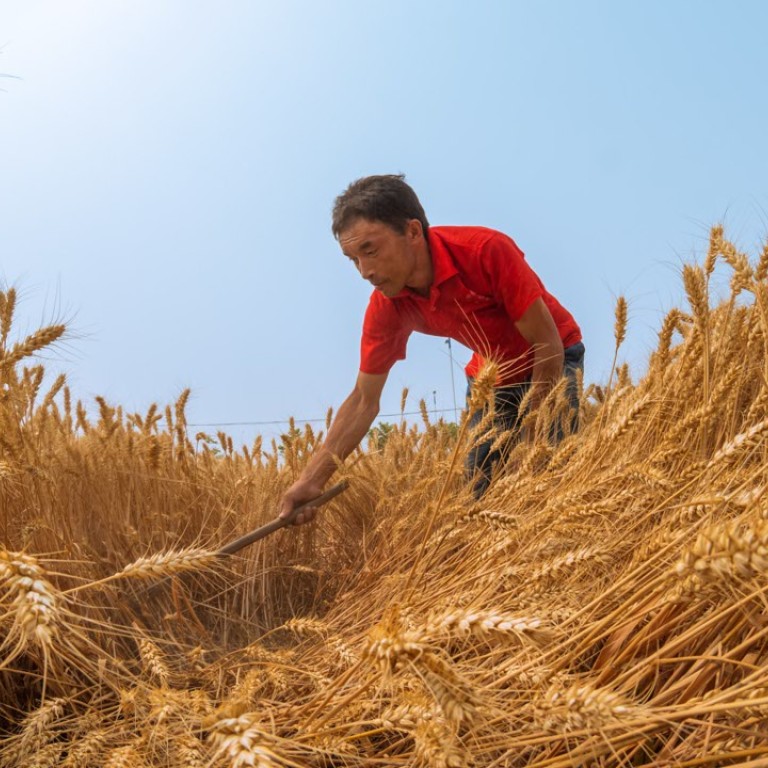
China producing more grain than ever, but imports and shortfall still a problem
Agriculture minister Han Changfu says population increase and urbanisation drive will create need for more capacity at home
China substantially boosted grain production last year – its 12th consecutive annual increase – but it still fails to meet demand.
The country is expected to see a large jump in population and it is undergoing a massive urbanisation, drive, said the agriculture minister.
While Han Changfu said the mainland would continue to value grain production, he also vows to strengthen supervision of agricultural food safety and called on domestic dairy producers to improve their product quality to regain public trust.
“People are not confident with our own milk powder and many go abroad to scramble [for it],” Han said at a National People’s Congress press conference on Monday . “You buy their products and send money to them. However, they set up a quota for your purchases. It’s a shame for our dairy industry’s employees.”
In addition to upgrading the dairy sector, authorities want to focus on reducing corn inventory and boosting bean supply.
Corn stock has risen rapidly, reaching 93 million tonnes this year - the largest in the world – thanks to government-subsidised buying prices implemented a decade ago.

Han said planned measures included using more corn to feed livestock and to embarking on crop rotation rotation by planting corns and beans.
There has been a debate over whether the mainland’s grain supply is too much or too little. The country’s total output keeps increasing with stock reaching all-time high, but grain imports also keep rising.
Grain production last year was 620 million tonnes, higher than 2014’s 607 million tonnes. Excluding imports, the supply was 25 million tonnes less than what was needed.
During the same period, grain imports rose 20 per cent from 2014 to 120 million tonnes last year.
“If you ask me to choose between excessive grain supply and deficient supply, I would prefer the first one because with food at hand, we would not be flurried,” Han said, adding the current supply wasn’t “substantial” redundant.
The official said the mainland faced a “rigid and incremental demand” for grain in the “mid and long term” before the population reached its peak.
The “remarkable increase in demand” for grain came from more mouths to feed and the urbanisation drive.
“With the relaxation of the population control, it’s calculated more than 10 million people will be born over the next five years.
“More people will live in cities. Compared with rural residents, urban dwellers eat less rice, but consume more meat, eggs, milk, fruits and vegetables. Based on our calculation, a person living in cities generally consumes far more agricultural products than a person living in villages.”
Han said the large amount of grain imports were due to the shortage of specific products and lower prices in international market.
Among the 120 million tonnes of grain imported, more than 80 million tonnes were beans that came mainly from the US and Brazil. The rest were mostly cereals.
During the 13th five-year plan, the country won’t pursue a continuous growth of grain output, but a bigger capacity, the minister said.

